Pure Passion
BOGS are ecosystems of the highest order. They store water, filter pollutants, harbor fascinating biotic communities and bind climate-endangering carbon dioxide. Preserving them is synonymous with acting sustainably. Every hectare of protected wetlands saves around 9 tons of CO2 every year – nearly the amount of CO2 each of us produces in an average year. Bogs store more carbon than any other ecosystem in the world.
BOG PROTECTION EQUALS CLIMATE PROTECTION!
Pure Facts
Due to drainage for agriculture and forestry purposes and the consequences of climate change, such as decreasing precipitation and longer dry spells, bogs are becoming ever greater sources of CO2. In order to fulfil their function as CO2 reservoirs, they need to maintain a high water level all year round. If the groundwater level drops and oxygen reaches the carbon stored in the peat, CO2 escapes. Worldwide, bogs eight times the size of Austria have already been drained. Since 1990, CO2 emissions from non-intact bogs have increased by 20 percent worldwide. This means that bog destruction causes more CO2 than international air traffic.
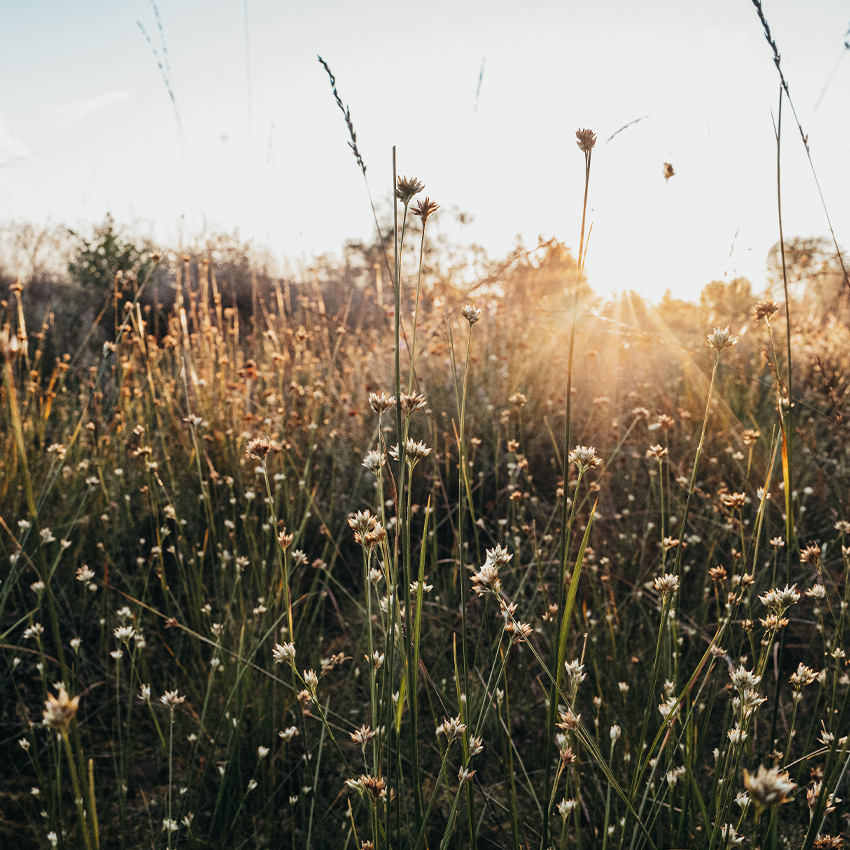
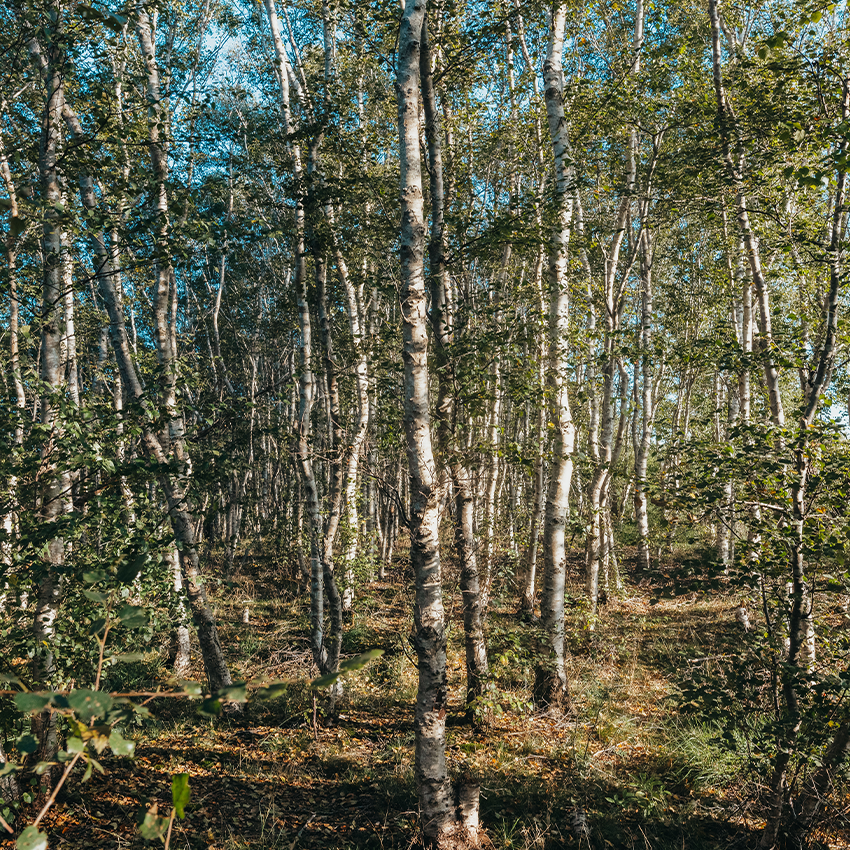
CO2 sinks
Moors are the only true CO2 sinks.
While forests release CO2 stored in trees back into the atmosphere as the trees decay, under ideal circumstances, intact bogs can store the greenhouse gas for several thousands of years. Wood, on the other hand, only stores CO2 for an average of 54 years.
Bug growth
Intact bogs grow only about 1 mm in height per year.
The moors in Germany, for example, took approximately 8,000 – 11,000 years to develop after the last ice age. When peat is extracted, 20 to 30 centimeters is removed every year to this day, which corresponds to the growth of 200 to 300 years.
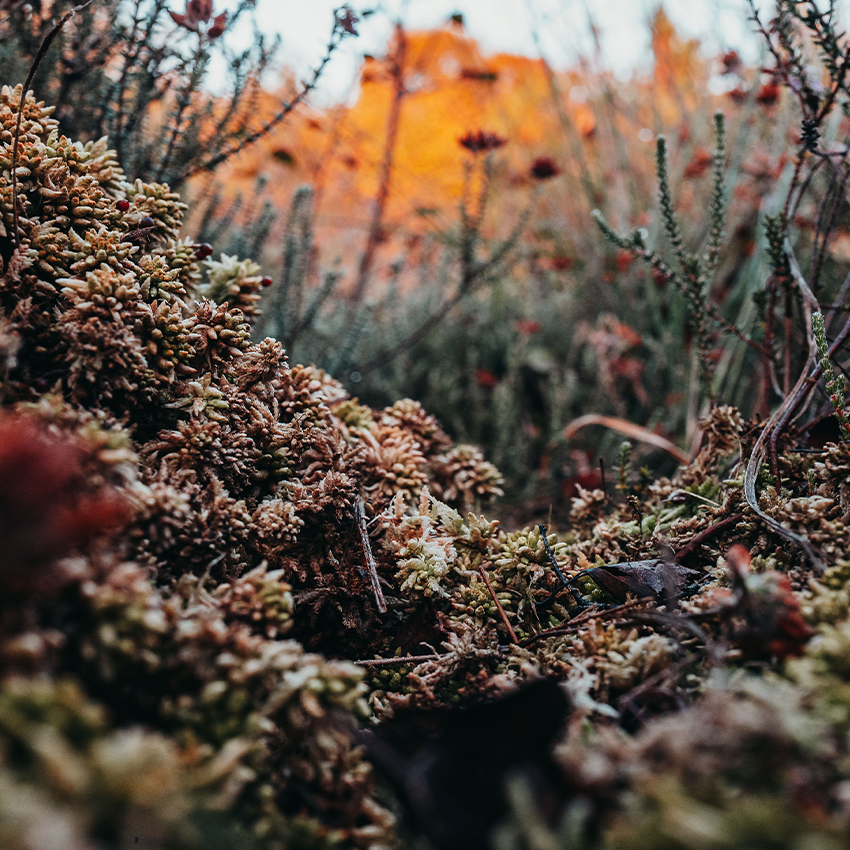

Carbon storage
Bogs store about twice as much carbon as all the forests on the planet combined.
This makes bogs of global importance for climate protection. Although they cover only roughly 3 percent of the earth’s surface, they store around 30 percent of the earth’s carbon.
Plant variety
Peatland soil in bogs is made up of plant matter.
When reeds and other plants die, they fall into the water of shallow lakes. Because of the lack of oxygen, they do not rot and new marsh plants can take root. The process is repeated year after year until the ”plant mountain“ rises out of the water. At this point, trees can begin to take root. A low bog (”fen”) has been created.
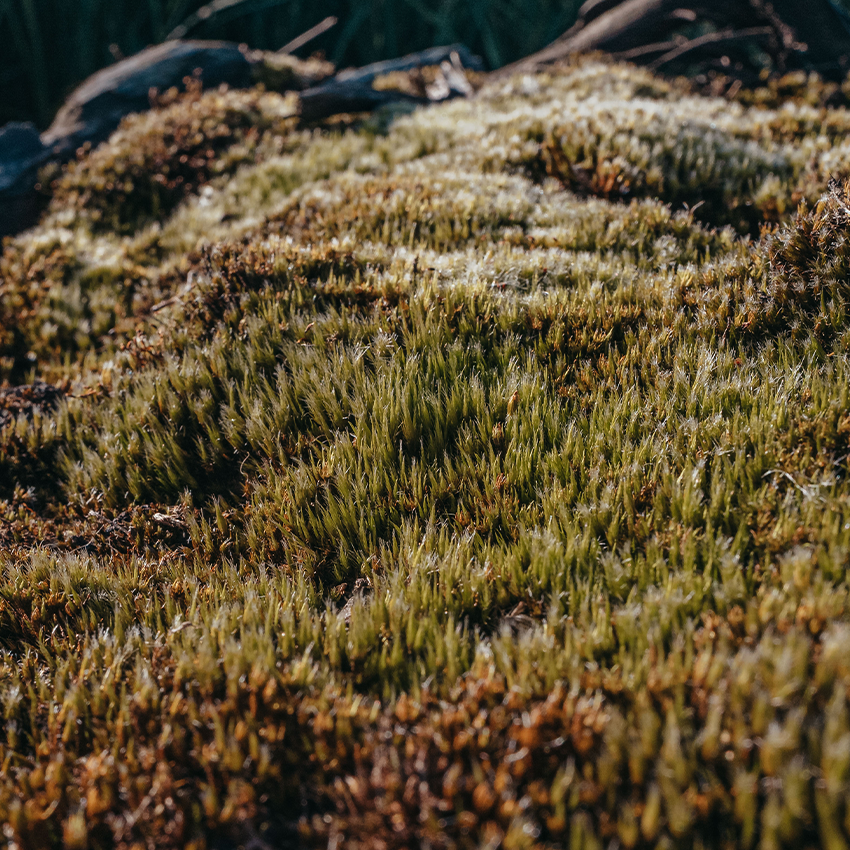
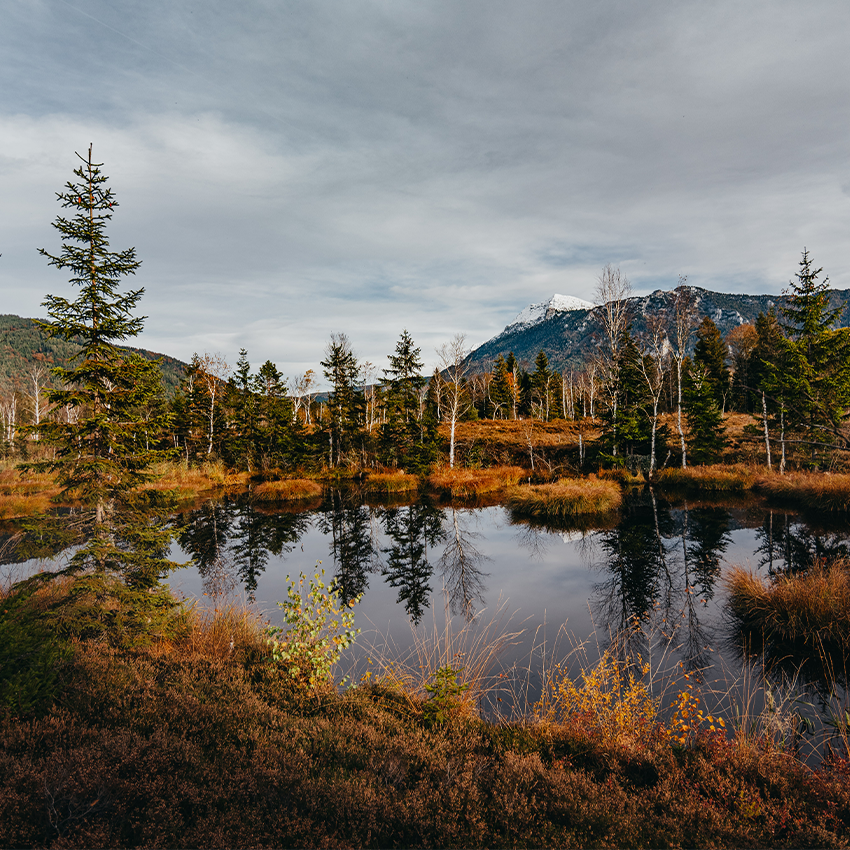
Importante survival areas
Bogs are important survival areas for endangered animal species and highly specialized plants.
The outer edges of moors are often the last refuges of wood lizards, smooth snakes and adders. Fens are also habitats for grass snakes and slow worms. All endangered reptile species are under strict protection. Most plants, especially trees and shrubs, cannot cope with the wetness, the high acidity of the water and the lack of nutrients in the bog. But there are exceptions adapted to this extreme habitat, such as bell heather, rosemary heather, broom heather, cranberry, cotton grass, gale bush and sundew.
Tradition
Moor has been used for medicinal purposes since the 16th century and has an extremely positive effect on the skin.
Mud baths and packs have a long tradition and are still used in many health resorts today. Due to the heat-storing function of the moor, they stimulate the circulation and activate the metabolism.

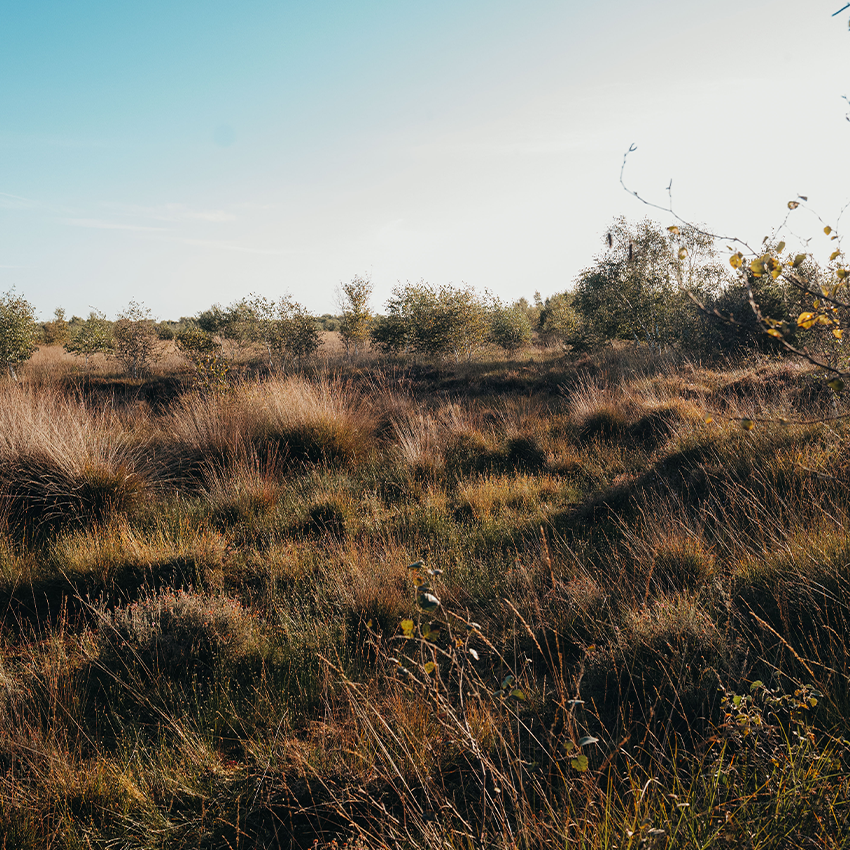
TRAWENMOOR ESSENCE
With the TRAWENMOOR product line, we have translated this knowledge into modern times, using the power of ”black gold“ and combining it with precious plant-based substances.
TRAWENMOOR essence is particularly rich in precious humic acids. We extract it from pristine natural moor and then add it to our products as a particularly pure signature active ingredient. We locally source the raw material for our products, which we only need in minute amounts, from the Haselberger Moor, a certified healing moor in Bad Traunstein.
PROTECTION
It is crucial that no damage is done to nature in the process. We ensure that moor is only harvested in places where this has a positive effect on renaturation processes. Rewetting a bog requires a uniform level of wetland soil, which is why peat needs to be extracted in strategic locations to ensure a uniformly high water level.
With TRAWENMOOR, we aim to raise awareness for the stunning bog ecosystem and draw attention to the importance of protecting and preserving bogs.


Made in Germany
As an established family-owned business with a 60-year tradition, we guarantee the highest quality and absolute transparency from our raw materials to the product development process to our finished products.
Bog in Bad Traunstein
We source the raw material for our products locally, from the Haselberger Moor, a bog in Bad Traunstein, where peat is only harvested in places where this has a positive effect on renaturation processes.
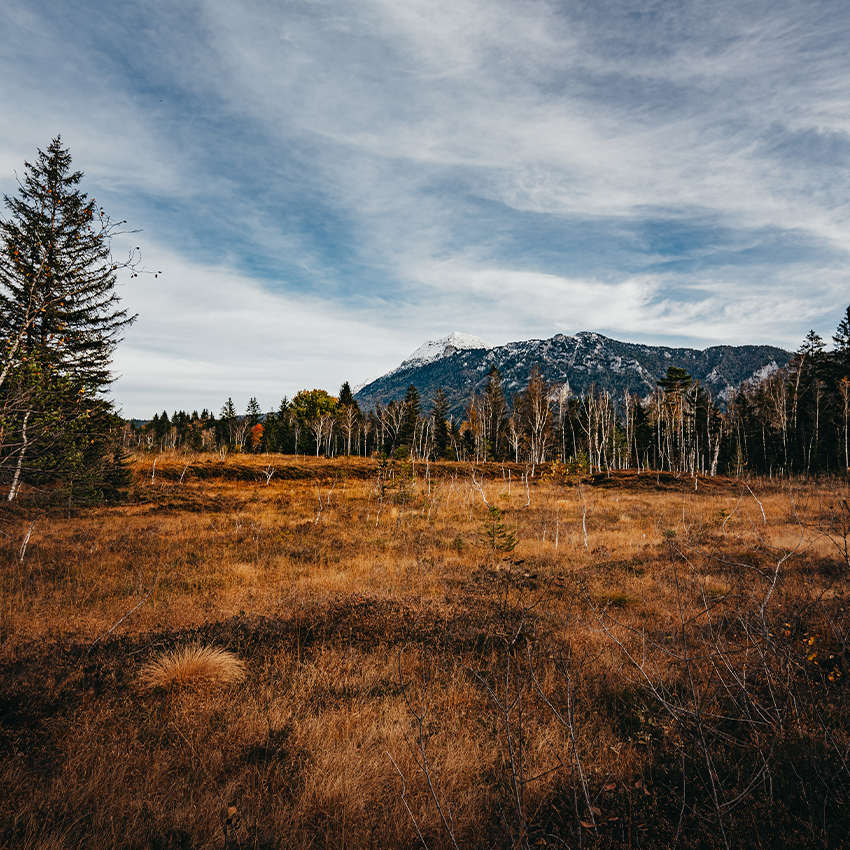
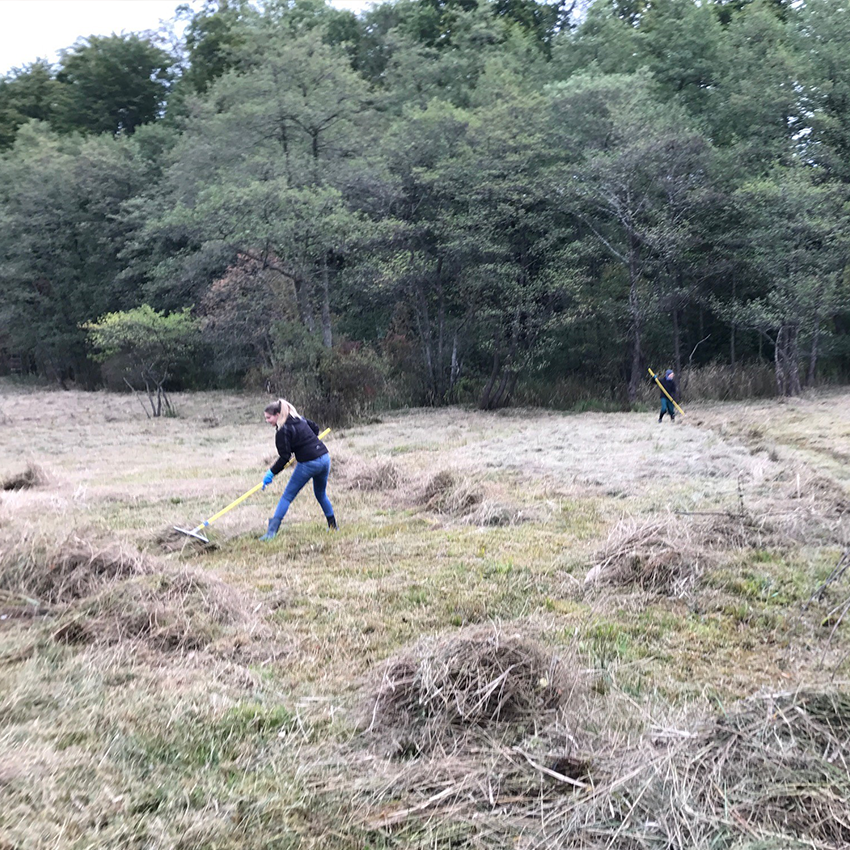
Renaturation of regional bogs
In cooperation with BUND Naturschutz in Bavaria, we are committed to the protection and renaturation of bogs. Every hectare of protected wetlands saves around nine tons of CO2 every year – nearly the amount of CO2 each of us produces in an average year. Bogs are therefore of tremendous importance for climate protection.
Responsible action and respect for humans and nature are among the key guiding principles of our company philosophy.
TRAWENMOOR Instagram
Follow us and join the TRAWENMOOR Instagram community!
• View on Instagram
• View on Instagram
• View on Instagram

